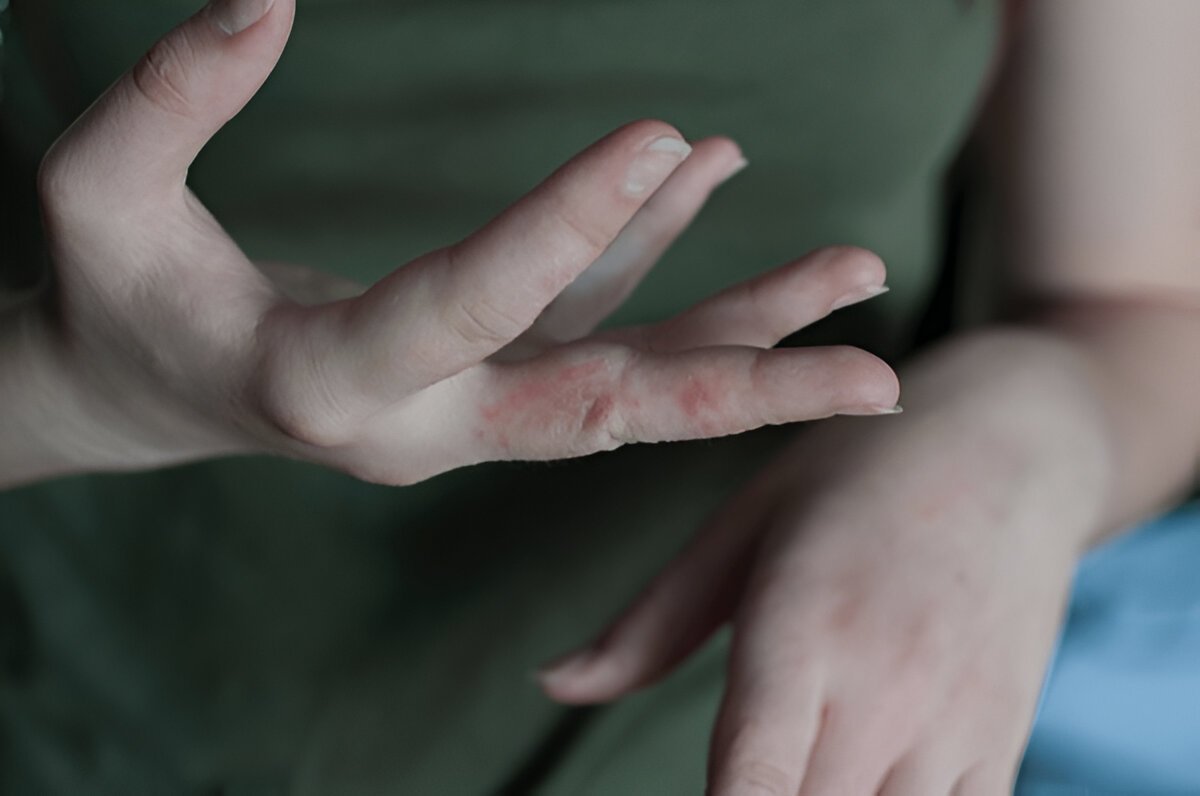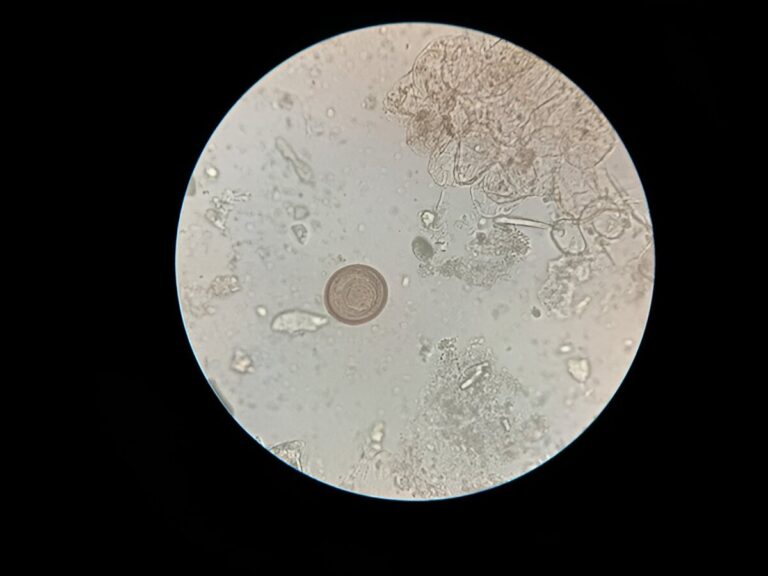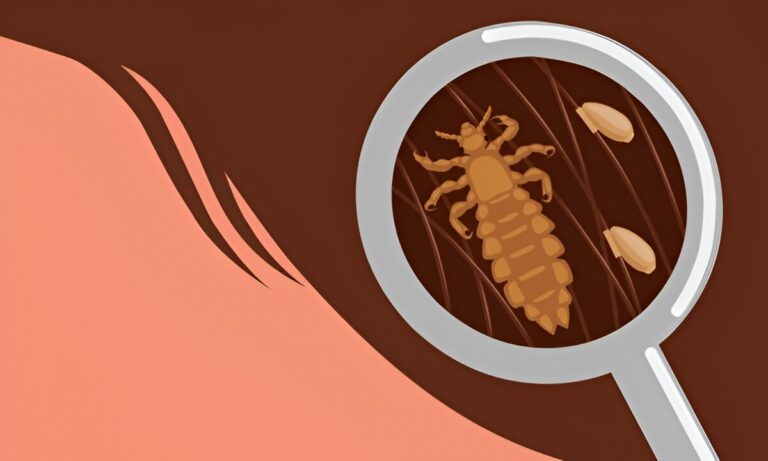While scabies isn’t commonly discussed, it is a condition that can impact anyone. Scabies, which is caused by the itch mite, Sarcoptes scabiei, is widely unrecognized and is known to make one’s life quite uncomfortable. The itching and irritation driven by scabies is relentless, but often passengers are misdiagnosed with other skin conditions. Understanding parasites as pesky as these is essential to seeking relief. This post aims to elucidate scabies and its symptoms, examine the underlying causes, and present useful treatment alternatives, all with the goal of helping you reclaim your comfort immediately.
Symptoms of Scabies
Scabies symptoms are best characterized by severe itching which can be very bothersome. The itching results from the body’s immune response to the mite’s burrowing into the skin, which is particularly problematic during the night.
You might also observe a particular type of a rash characterized by tiny red bumps or blisters. These lesions typically occur in the intertriginous areas including web spaces of fingers, wrists, and elbows and can even occur around the buttocks.
Another identifying feature includes the presence of fine linear markings on the surface of the skin indicating tunneling by the mites underneath. These areas itch and scratching them can lead to open surfaces susceptible to secondary infections.
If you are experiencing underlying discomfort without explanation, it is advisable to take action. Timely identification of scabies can help refrain from transmitting it to other people and receiving proper treatment.
Causes of Scabies
Scabies occurs due to intesifying itching and irritation from an infestation of the bone-dry parasite Sarcoptes scabiei. They are order of magnitude tiny low life forms that burrow into the skin.
The mites spread through prolonged contact with the the skin. This often happens in crowded places like dorms or nursing homes. Shared towels, clothes, and blankets may also further spread the mite.
A swab test helps to confirm the diagnosis. One must understand that the parasite doesn’t care which social standing a person possesses as any person out there can get scabies. The parasite can live for 72 hours without a host which is quite problematic.
A muffed immune and a breach in the epidermal skin layer also plays a big role. Knowing the causes makes it easier to manage and help control scabies outbreaks.
How is Scabies Diagnosed?
Diagnosing scabies involves a careful examination by a healthcare provider. Patients typically report intense itching, especially at night. The doctor will inquire about the patient’s symptoms and medical history.
A visual inspection of the skin is crucial. The provider looks for characteristic signs such as rashes, red bumps, or burrows where mites may reside. Sometimes these can be mistaken for other skin conditions.
In some cases, a skin scraping is taken to confirm the diagnosis. This involves gently removing a small section of affected skin and examining it under a microscope for mites or their eggs.
It’s essential to distinguish scabies from similar conditions like eczema or allergic reactions. Accurate diagnosis ensures appropriate treatment and helps prevent further spread among close contacts.
Treatment Options for Scabies
Treating scabies involves a few effective options. Prescription creams and lotions are commonly used to eliminate the mites. These treatments usually contain permethrin or benzyl benzoate, applied directly to the skin.
Oral medications may also be prescribed in more severe cases. Ivermectin is often chosen for its effectiveness against resistant strains of scabies.
It’s essential to apply these treatments correctly. Follow your healthcare provider’s instructions closely for optimal results.
In addition to medication, washing all clothing and bedding in hot water can help prevent re-infestation. Vacuuming carpets and furniture will remove any stray mites or eggs lurking around your home.
After treatment, itching may persist for weeks due to skin irritation caused by the infestation. Moisturizers can assist with soothing this discomfort as you recover from scabies symptoms.
Conclusion
Understanding scabies is crucial for effective management and prevention. This condition can affect anyone, regardless of age or hygiene habits.
Recognizing the symptoms early can lead to timely treatment. Awareness helps in reducing transmission among close contacts and within communities.
Treatment options are available and can be quite effective when used correctly. It’s essential to follow medical advice closely for the best outcomes.
Taking preventive measures will significantly lower your risk of infestation. Good hygiene practices play a key role in safeguarding yourself and others.
Staying informed about scabies empowers individuals to take action promptly. By doing so, you contribute to a healthier environment around you.




Leave a Comment